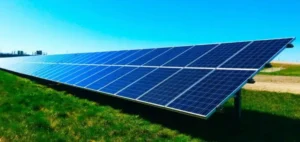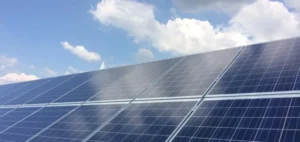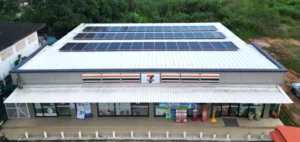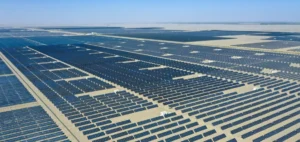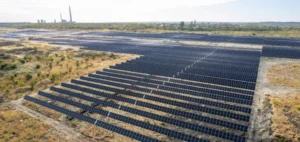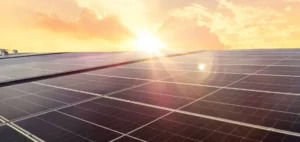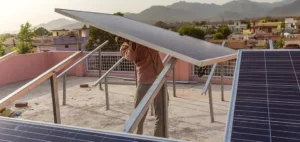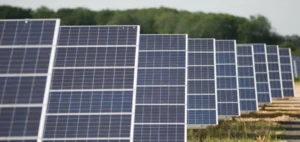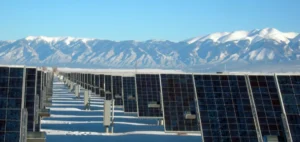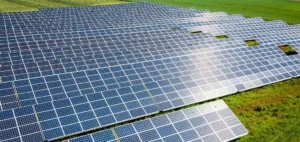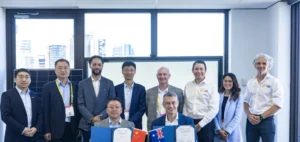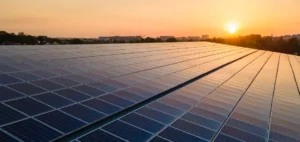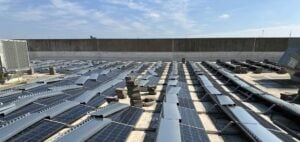For many years, the community of Sabon Gida in Nigeria had been facing major electricity challenges. Deliveries were carried out by torchlight alone, and diesel generators or lamps could not guarantee a constant supply of electricity. This situation was common in many rural areas of Africa.
A Revolutionary Initiative: The Sabon Gida Solar Mini-Grid
However, a year ago, a partnership between the World Bank, Husk Power Systems, and the Rural Electrification Agency of Nigeria brought radical change to Sabon Gida. A solar mini-grid has been installed, providing almost constant electricity to almost half the households in the area, as well as to most businesses. Today, Sabon Gida often has more light than Nigeria’s economic capital, Lagos, where power outages are frequent.
Expanding Solar Mini-Grids in Africa
Solar mini-grids, which are not dependent on national electricity grids, are proliferating in Africa thanks to the falling cost of photovoltaic panels. This expansion of electricity to rural areas is seen as a major solution to the lack of access to electricity in sub-Saharan Africa, without having to rely on fossil fuels.
Overcoming Obstacles to a Bright Energetic Future
Despite this significant progress, the development of solar mini-grids in Africa faces considerable challenges. We need to reassure investors about the viability of this technology, deal with inflationary pressures on equipment, obtain better public funding, and put in place clear policies to encourage its use.
To achieve the sustainable development goal of providing electricity to 380 million people in Africa by 2030, 160,000 mini-grids are needed. However, at the current rate, only 12,000 new networks are planned by then, according to the World Bank’s Energy Sector Management Assistance Program.
Solar mini-grids have already proved their worth in Nigeria, where a market-led approach has enabled over 100 projects to be commissioned. Other African countries, such as Ethiopia, Zambia and Kenya, have also adopted regulations to attract private investment in this crucial sector.
Solar mini-grids have become essential for meeting the energy needs of communities not served by national grids. They open the way to a brighter future for rural Africa.
In conclusion, the development of solar mini-grids in rural Africa represents a major step forward in the electrification of millions of households previously deprived of electricity. However, challenges remain, particularly in terms of financing and regulation. Africa’s energy future will largely depend on overcoming these obstacles and continuing to expand access to electricity.





